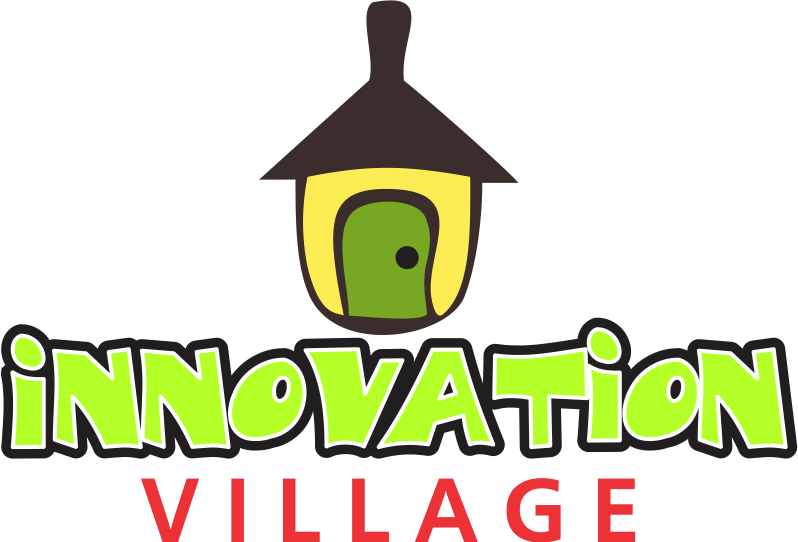Snap Inc., the parent company of Snapchat, has unveiled Snap OS 2.0, a major update to the operating system powering its augmented reality (AR) ecosystem. The new version introduces a native browser, WebXR support, and several enhancements for developers and users alike. More than just an update, Snap OS 2.0 signals the company’s determination to carve out a lasting place in the next era of computing, where augmented reality and mixed reality will play a central role.
A Native Browser Built for AR
One of the most eye-catching updates in Snap OS 2.0 is the introduction of a native browser. Unlike conventional in-app browsers, Snap’s new tool is designed with AR integration in mind. Users will be able to seamlessly move between traditional web pages and immersive AR content without leaving the Snap environment.
For creators and brands, this opens new doors. Imagine trying on sneakers via an AR Lens and being able to complete the purchase instantly in the same window — no redirects, no external apps. This move strengthens Snap’s vision of creating a frictionless social commerce ecosystem, where discovery, interaction, and checkout all happen in one place.
WebXR Support Expands Possibilities
Perhaps the most strategic feature in Snap OS 2.0 is its support for WebXR, a standard that enables web-based AR and VR experiences. By embracing WebXR, Snap is breaking down the silos that often trap immersive content inside proprietary platforms.
For developers, this is big news. It means they can create once and deploy across multiple platforms — Snap included. For users, it means broader access to AR experiences that work smoothly on both browsers and apps. Snap is effectively positioning itself as a gateway to the broader extended reality (XR) web, not just a closed AR playground.
Tools for Developers and Creators
Beyond user-facing features, Snap OS 2.0 introduces a range of developer tools and performance enhancements. Developers building with Lens Studio, Snap’s AR creation platform, will benefit from improved rendering, faster load times, and more sophisticated tracking capabilities.
These updates aren’t just cosmetic. Snap knows that its AR Lenses are one of its most powerful differentiators. By giving developers better tools, the company is ensuring a steady flow of creative, high-quality AR experiences that keep users engaged.
Snap’s Growing Hardware Ambitions
The launch of Snap OS 2.0 also aligns with the company’s ambitions in hardware. Snap has been quietly iterating on its Spectacles AR glasses, and the improved operating system will serve as the backbone for future devices.
A native browser and WebXR support are particularly important in this context. They lay the groundwork for Spectacles to function not just as a fun gadget, but as a practical AR computing device. If Snap can successfully combine hardware, software, and a strong developer ecosystem, it could establish itself as a legitimate challenger to Apple’s Vision Pro and Meta’s Quest ecosystem.
Competitive Landscape: Snap vs. Tech Giants
Snap’s unveiling of OS 2.0 comes at a time when the AR and XR industry is heating up. Apple recently launched its Vision Pro headset, Meta continues to push its Quest devices, and Google is exploring AR integrations through Android.
Unlike its larger rivals, Snap is approaching the space from a social-first perspective. Its strength lies in connecting people through playful, creative, and increasingly commercial AR experiences. With Snap OS 2.0, the company is extending this vision beyond Snapchat into a broader ecosystem that could one day include standalone AR operating systems for wearables.
Business Implications: AR Meets Commerce
Snap’s OS upgrade isn’t just about technology — it’s about business. The company has been under pressure to grow revenues and find new monetization models beyond traditional advertising. By integrating a native browser and supporting AR commerce, Snap is betting that social shopping and immersive ads will play a larger role in its future.
Brands can now design campaigns that move fluidly from storytelling to product trials to checkout, all within Snap’s ecosystem. This has the potential to turn AR from a novelty into a revenue-driving feature.
What This Means for Users
For the average Snap user, Snap OS 2.0 promises a more immersive, seamless, and interactive experience. Browsing won’t feel like a break from AR; instead, it will be part of the same continuous environment. Users will also gain access to a wider variety of AR experiences thanks to WebXR.
This update could also change how users interact with Snap’s hardware. If Spectacles or future devices ship with Snap OS 2.0, they’ll be better positioned as true AR companions rather than experimental products.
The Road Ahead
Snap’s rollout of OS 2.0 is a bold step, but it also comes with challenges. The company will need to convince developers to build for its platform, users to adopt AR more broadly, and brands to invest in immersive campaigns. Competitors with deeper pockets, like Meta and Apple, are racing in the same direction.


